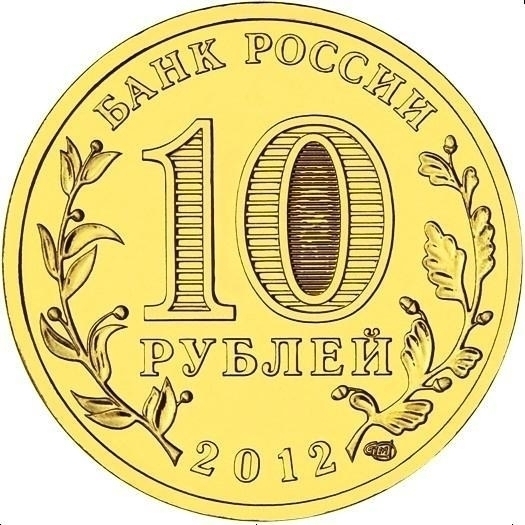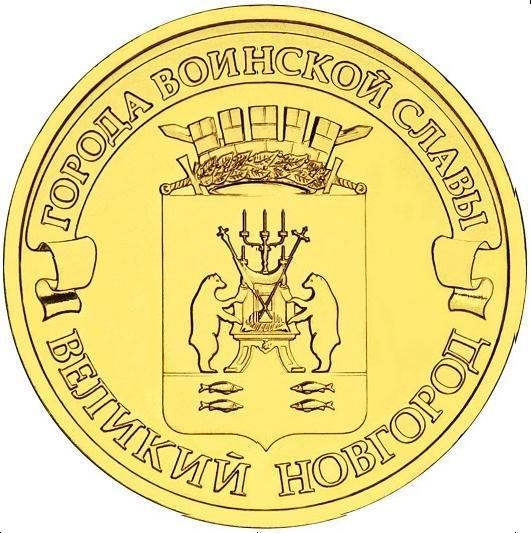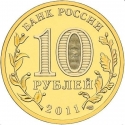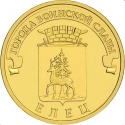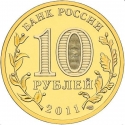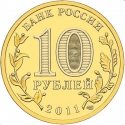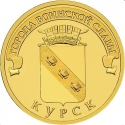You are about to finish your registration. Please check your mailbox (including spam folder). There should be a letter with a confirmation link. Check setting to make sure that your e-mail address is correct.
Send letter againDescription
City of Military Glory is an honorary title bestowed upon the citizenry of Russian cities, where defenders had displayed courage, steadfastness, and mass heroism in the fight for their Fatherland’s freedom and independence during the Second World War.
Veliky Novgorod is one of the oldest towns of the Eastern Slavs. This settlement was first time mentioned in chronicles in 859. That time, it was a large trade center on the route from the Baltic to Byzantium.
The first attempts of Novgorod to gain independence from the Kievan Rus state were taken in the 11th century. Novgorod boyars, with the support of the local population, wanted to get rid of the burden of Kiev taxation and to create their own army. In 1136, due to the retreat of Prince Vsevolod Mstislavovitch from the battlefield at Zhdanaya mountain, he was exiled from Novgorod, and a republican government was established in the region.
Novgorod Republic became the largest states of medieval Europe with a territory stretching from the Baltic Sea to the Ural mountains. Novgorod leader (“posadnik”), military and other leaders were elected by public assembly of locals called Veche.
The city's downfall occurred partially as a result of its inability to feed its large population, making it dependent on the Vladimir-Suzdal region for grain. The main cities in the area, Moscow and Tver, used this dependence to gain control over Novgorod. Eventually Ivan III forcibly annexed the city to the Grand Duchy of Moscow in 1478. The Veche was dissolved and a significant part of Novgorod's population was either killed or deported.
On August 15, 1941, during World War II, the city was occupied by the German Army. Its historic monuments were systematically annihilated. The Red Army liberated the city on January 19, 1944. Out of 2,536 stone buildings, fewer than forty remained standing. After the war, thanks to plans laid down by Alexey Shchusev, the central part was gradually restored.
In 1999, the city was officially renamed Veliky Novgorod (literally, Great Novgorod), thus partly reverting to its medieval title "Lord Novgorod the Great". This reduced the temptation to confuse Veliky Novgorod with Nizhny Novgorod, a larger city the other side of Moscow.
Obverse

|
In the center of the disc the indication of the denomination of the coin 10 RUBLES. Inside of the figure "0" – hidden pictures of the figure 10 and of the inscription RUB visible by turns on changing angle of vision. Along the rim circular inscriptions, on top BANK OF RUSSIA, on bottom the mint trade mark (SPMD) and the date 2012, to the left the stylized image of a laurel branch, to the right of the oak one. БАНК РОССИИ |
|---|---|
Reverse

|
The coat of arms of the town of Velikiy Novgorod, over it on a ribbon the semicircular inscription: CITIES OF MILITARY GLORY, below the inscription along the rim VELIKIY NOVGOROD. ГОРОДА ВОИНСКОЙ СЛАВЫ |
| Edge |
6 sections with 5 corrugations and 6 sections with 7 corrugations alternated with 12 smooth sections. |
10 Rubles
Cities of Military Glory
Veliky Novgorod
Subscribe series
Y# 1387
Cities of Military Glory
Veliky Novgorod
Swap now (1 offer)
Characteristics
| Type | Commemorative Issue (Circulating) |
| Material | Brass Plated Steel |
| Weight | 5.63 g |
| Diameter | 22 mm |
| Thickness | 2.2 mm |
| Shape |
|
| Alignment | Medal |
| Mint |
Saint Petersburg Mint (SPMD)
|
